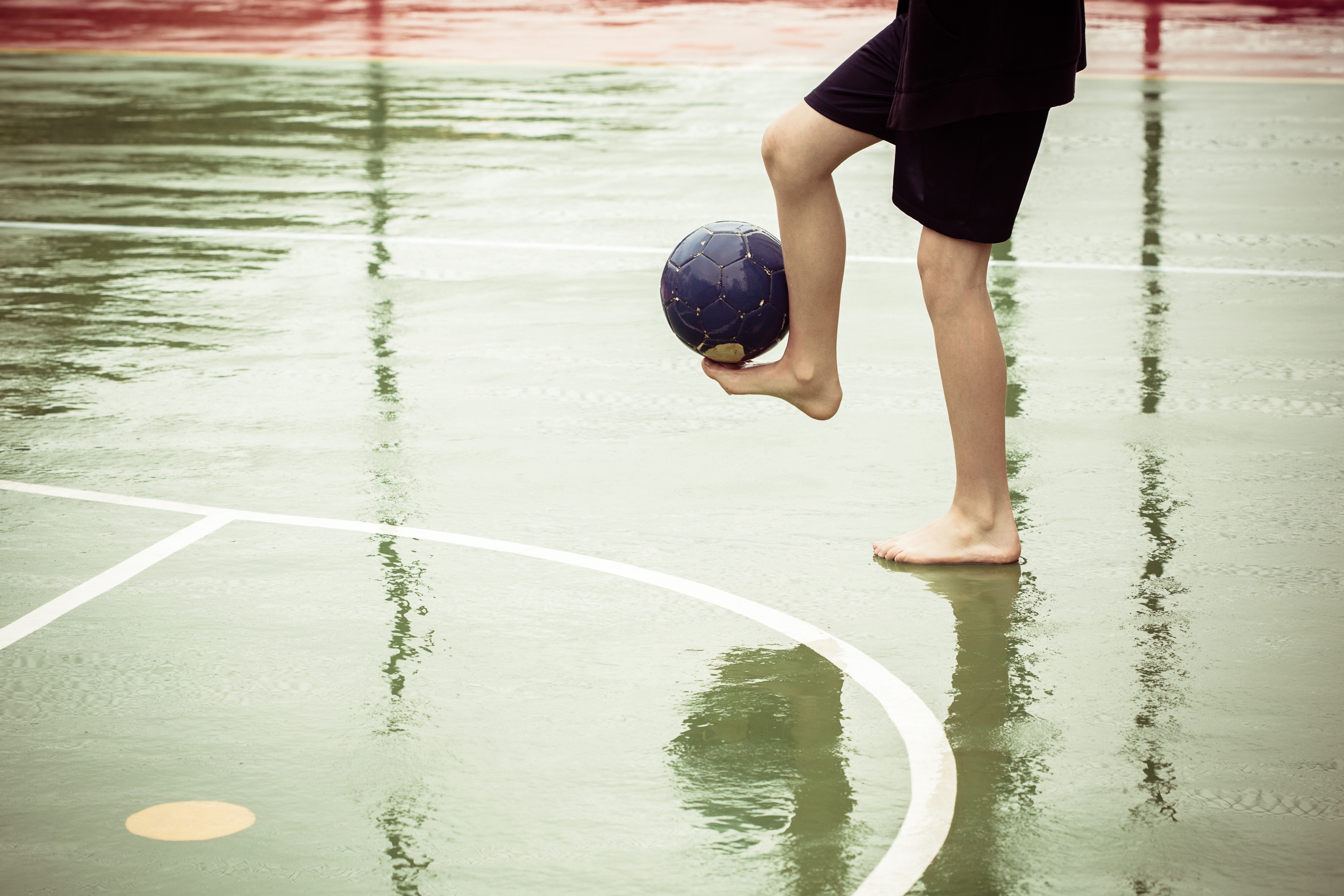It’s hard to imagine that in a country like America there are children who suffer from the stress of not having enough to eat, a place to rest their heads at night, or how they will get to school. Even with all the programs developed by the federal government, poverty still takes a toll on a child’s quality of life.
Take Maya, for example. She is a ten-year-old who lives at the Crosswords Shelter in Colorado. She says she doesn’t feel poor, after all she has her family, even if they don’t talk to her much and work all the time. Still, Maya is confused why when she goes to school, other children treat her funny. One day they will play with her and the next day they call her names. She has a hard time listening to the teacher and she is often hungry and sleepy. Maya is at risk of being a number in the juvenile justice system. To pass the time, she often is used as a “look-out” for the boys in the shelter as they shoplift from the corner 7/11. She hasn’t been caught, yet, but it is only a matter of time.
While the government is good at tracking data to determine the current poverty level, the question is, are data tables and charts a fair way of determining what a child needs to become a successful member of society?
How is a child’s home life affected by poverty?
Poverty adversely affects the child, their family, and often the rest of society. It sets into motion social exclusions creating problems in mental and physical health, education, social interaction and future employment.
Children growing up in poverty often have learning and developmental problems, and they continue to have setbacks in their teen years. Parents may work more than one job to make ends meet, thus leaving them exhausted and ill-equipped to interact with their children’s daily life. The stress of poverty and the guilt of non-involvement can lead to negative outcomes like child neglect and abuse.
Poverty in a child’s early environment can cause poor outcomes later in life. Risk factors for juvenile delinquency, dropping out of school, and brushes with the law are often determined by below-poverty income, absence of maternal education, and family emotional states. By leaving children hungry and in poverty, are they being driven to juvenile delinquency and social problems?
Research shows that lower-income mothers are less affectionate, less responsive to distress signs, and can have harsh parenting styles. Home environments of those struck by poverty are more likely to be chaotic—parents are generally stressed, unresponsive, less sensitive and provide less cognitive stimulation for children.
How Does Poverty Affect Children in School and with Peers?
According to research, children living in poverty show less academic readiness long before they attend school. Even their quality of speech differs from their peers. In a home filled with stress and poverty, children often only hear words that are simple, one-word commands.
Children raised in poverty are more likely to drop out of school, to repeat a grade, or to be expelled or suspended. There is also a definite gap in SAT scores between students who live in poverty and their more economically-advantaged peers—a gap that has grown by 42% in the last two decades.
Return to Maya’s story. She has no one to give her encouragement or to help her with homework. Her mother does the best she can by doing janitorial work for a hospital, earning minimum wage and working long hours, but this leaves her little time to spend reading with Maya, checking her homework, or even talking to her. Because of this inevitable lack of support, Maya is beginning not to care about school.
Treating Underlying Behaviors
Lack of education, parental support, and poor living conditions can influence a child’s involvement in the juvenile justice system. To be accepted and gain attention, children often join gangs and engage in negative delinquent behaviors. Parents understand that this is not acceptable, but they do not have the tools to stop the behaviors. States are proving better linkages between child welfare organizations and other economic supports to give parents these necessary tools. Strategies considered include:
-
Expediting enrollment process for economic benefits for child welfare-involved families;
-
Creating employment helps to coordinate job recruitment, placement and career advancement services for families in the child welfare system;
-
Allocating federal funds as temporary cash assistance for services to families with incomes below the federal poverty guidelines and whose allegations of neglect are confirmed;
-
Family therapy programs designed to help parents access benefits, child welfare organizations, and work training;
-
Establish partnerships between child welfare organizations to connect families to training, employment, housing and other benefit programs.
These are a few strategies that are underway in communities aimed at lifting families out of poverty and reducing the risk of involvement with the juvenile justice system. There are also scientifically proven intervention programs for at-risk youth who may come from impoverished families. Multisystemic Therapy (MST) provides intensive treatment to children and families 24/7, empowering parents to work with their children to find solutions and giving them the tools they need to sustain a happy home environment. Though MST cannot single-handedly improve the economic situations of families, it can help address the issue by attending to the negative aspects of a child’s life that stem from living in poverty. There is a clear link between poverty and child abuse and neglect. We must invest in programs and efforts that address poverty-related risks and keep families together in a learning and growing environment.
For more related content, visit our Child Welfare Resource webpage by clicking here.


